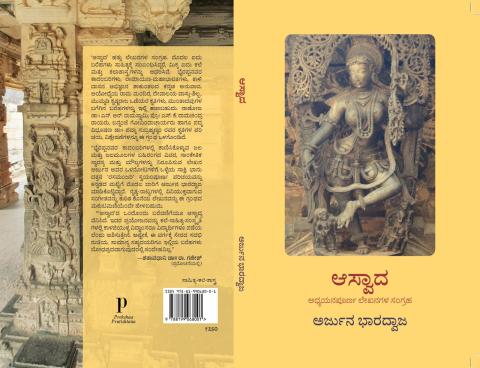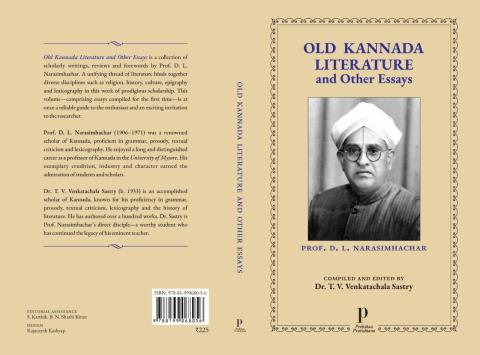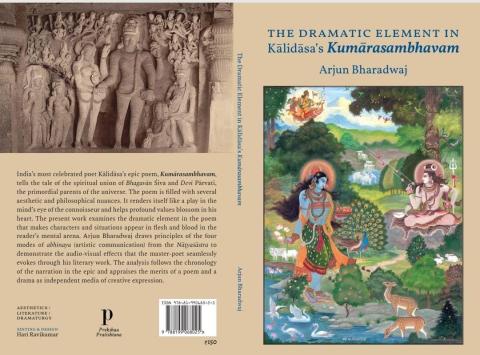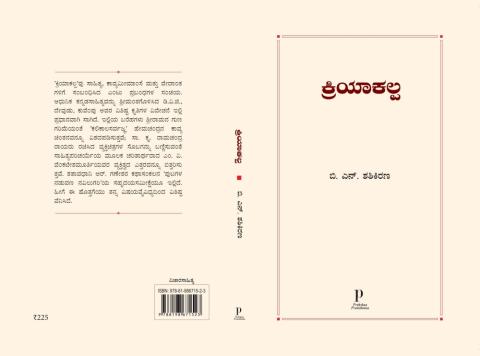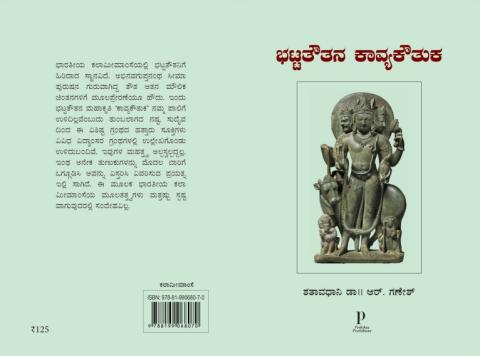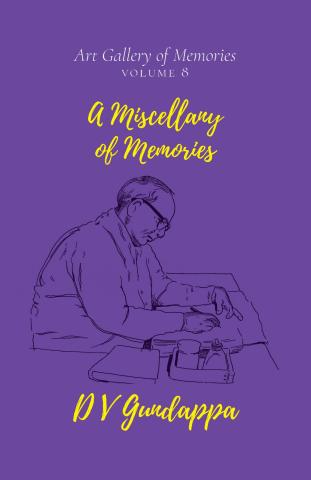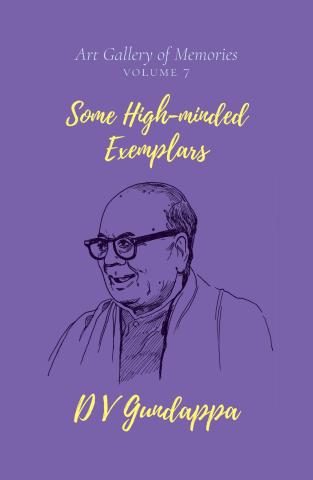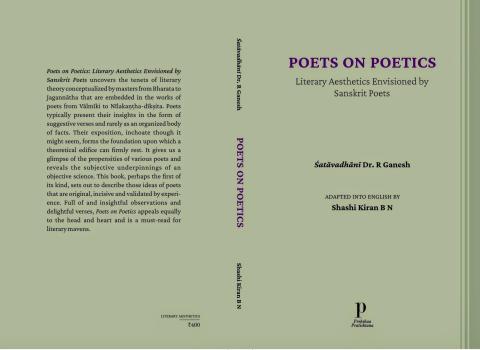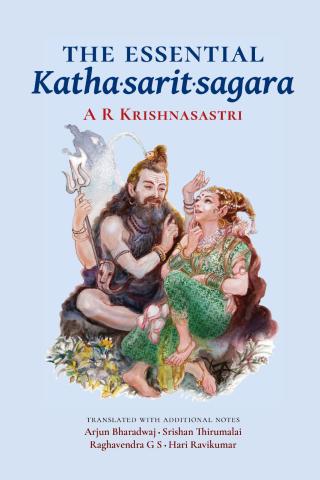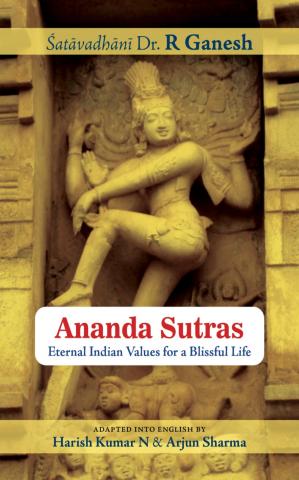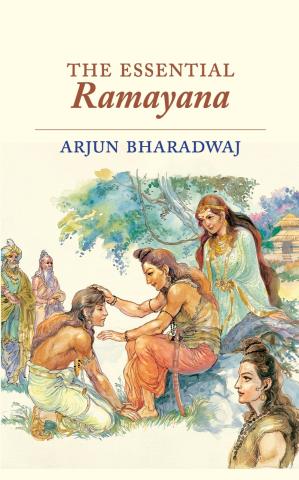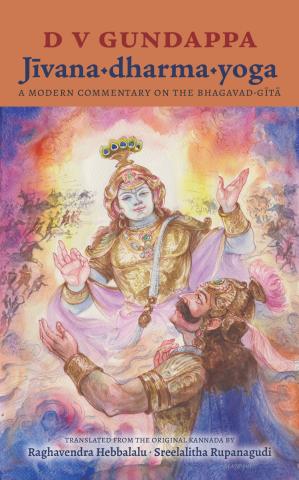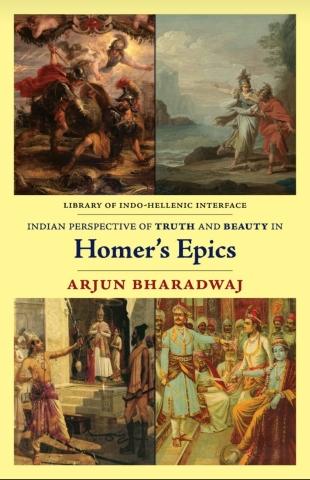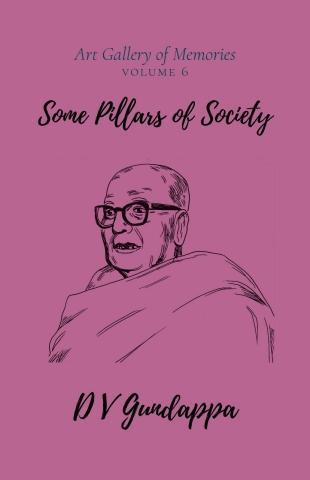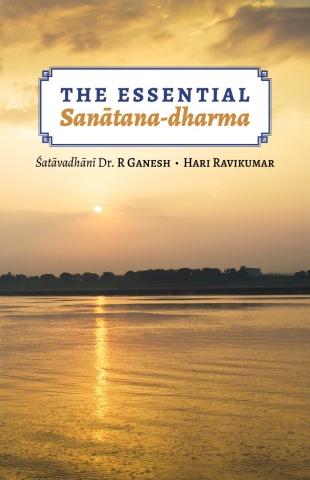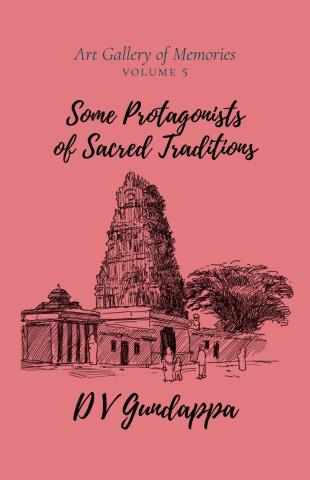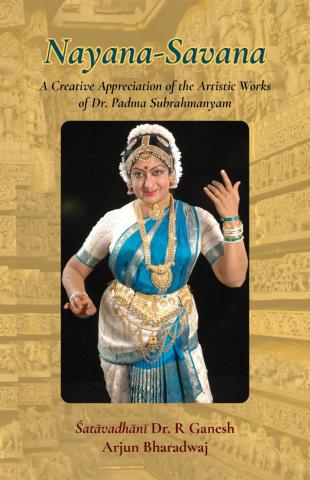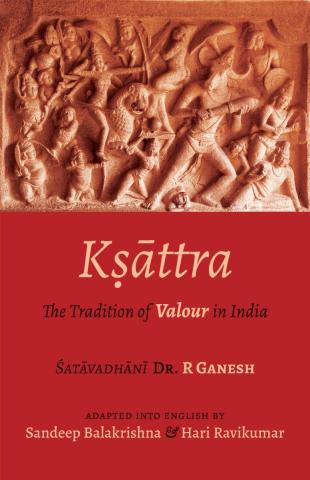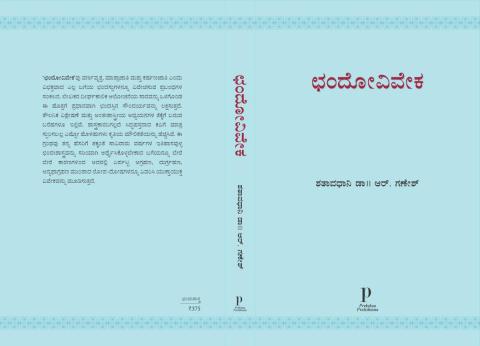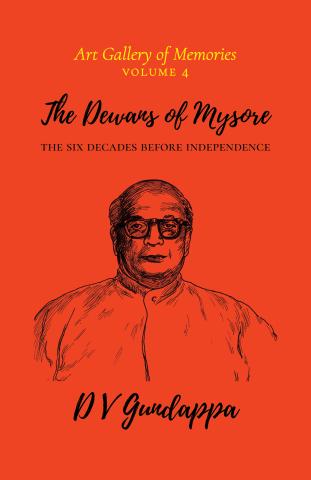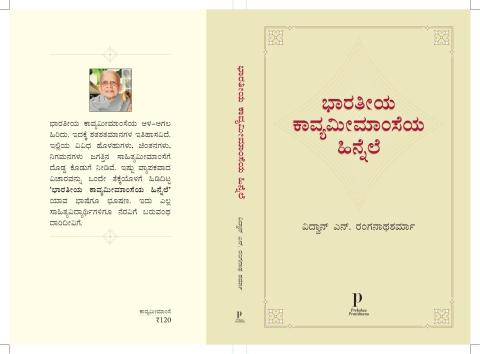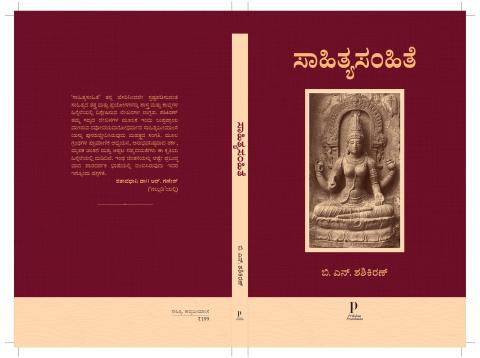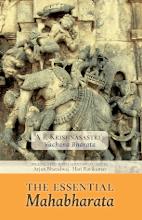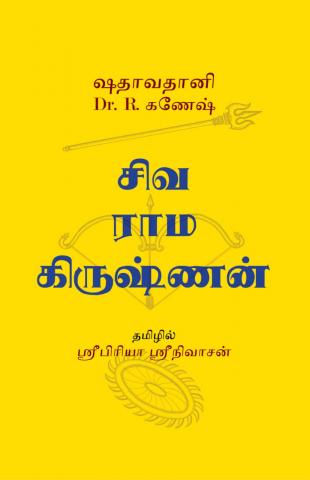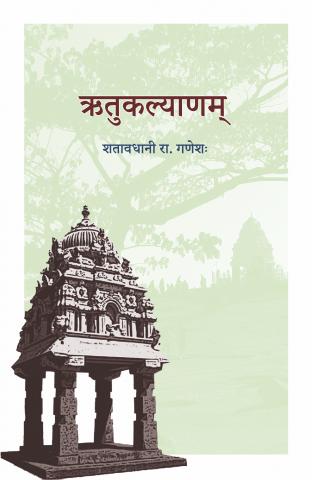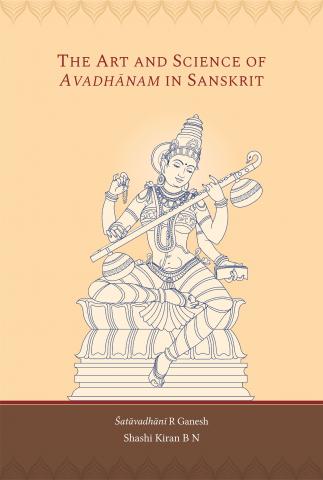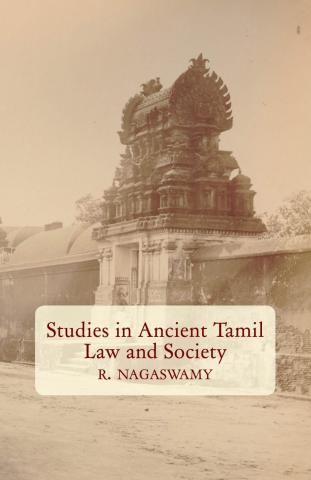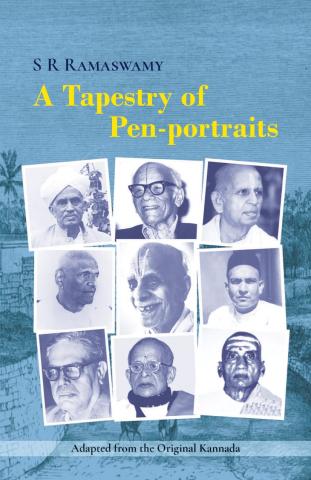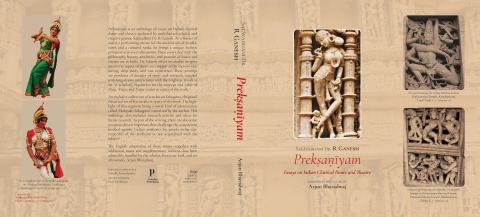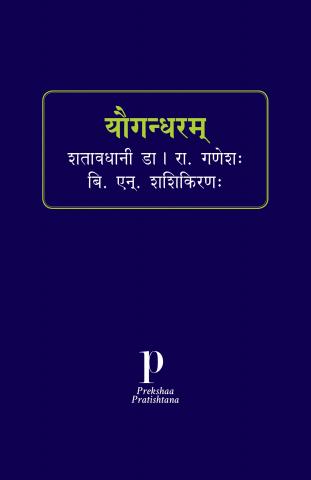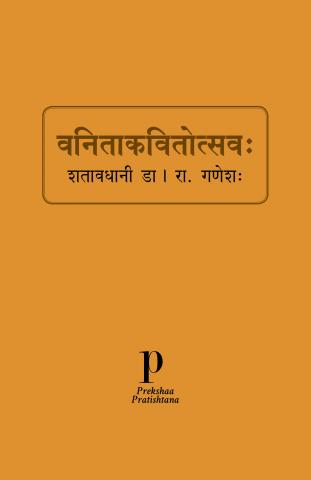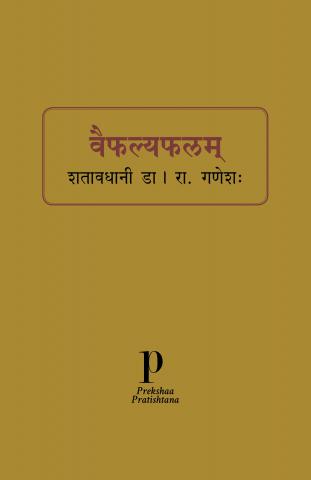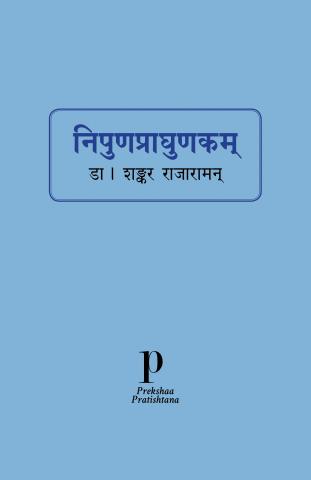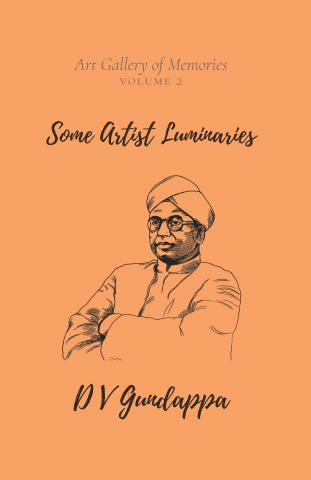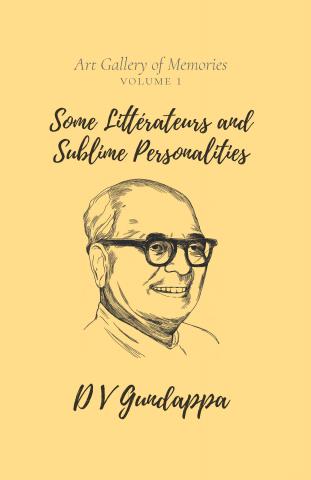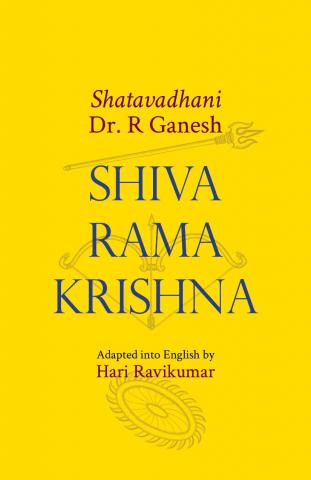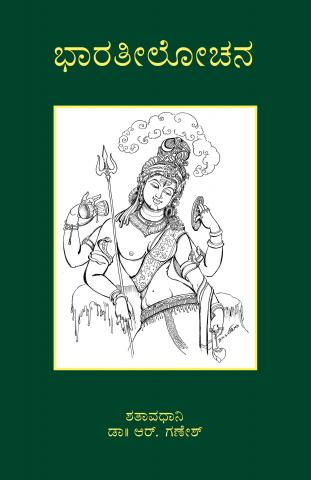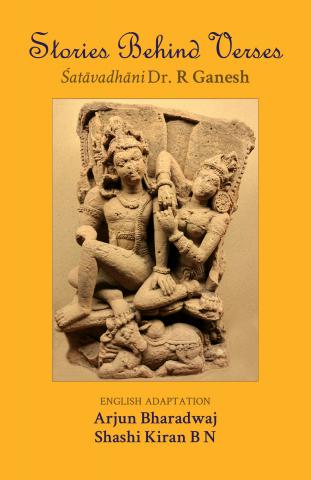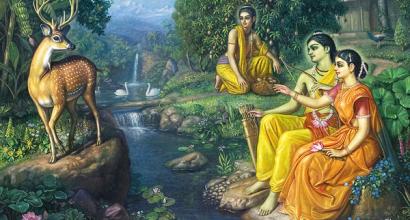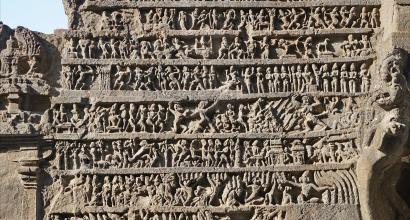Mālyavanta is distressed that his plans are failing. (The burning of Laṅkā; Akṣakumāra is slain; Hanūmān offers Rāma’s ring as a token of recognition to Sītā); conversation between Rāvaṇa and Mandodarī. (Laṅkā is besieged by the vānara army). Aṅgada comes to Rāvaṇa as a messenger; the events of the battle between Rāma and Rāvaṇa are described by Vāsava and Citraratha. (Slaying of Rāvaṇa). [Aṅka 6]
Conversation between Laṅkā and Alakā; hue and cry upon the death of the rākṣasas (Sītā undergoes the test by Fire – Agni-praveśa; Kubera accepts the puṣpaka-vimāna back; Vibhīṣaṇa is coronated as the king of Laṅkā.) Rāma, Sītā, and others travel by the puṣpaka-vimāna; description of the mountains, rivers, and aspects of nature that they encounter on their way back; recollection of the events of the past; meeting with Bharata. Vasiṣṭha and others receive Rāma and his people; Arundhatī explains that Mālyavanta and Śūrpaṇakhā were responsible for Rāma being exiled to the forest; Viśvāmitra arrives; Rāma undergoes paṭṭābhiṣeka; people congratulate and bless Rāma.
The above is the summary of the story of the play that is ‘popular everywhere.’ Todaramalla, Macdonell and others have used this version. There is another reading in the section after the forty-sixth verse of the fifth act. The story is as follows –
[Vālī suddenly disappears. Everyone looks for him, but when they are unable to locate him, Rāma, who had already loaded an arrow on his bow and would never withdraw once loaded, hides behind a tree and shoots upon a deer. A divine being emerges out of the body of the deer and declares that he was Vālī; he explains that he procured the form because of the curse of Sage Mataṅga; he dies upon speaking these words. Sage Agastya arrives there and blesses Rāma with divine sight, as per the instructions of Sage Viśvāmitra. He advises Rāma that he must not fret because of the deception that rākṣasas perform with their magical skills. With his divine vision, Rāma sees the conversation taking place between Mālyavanta and Rāvaṇa in Laṅkā. The lord of the rākṣasas, who was now very scared, had planned to use a magical image of Sītā to defeat Rāma and Lakṣmaṇa. [Aṅka 6]
(Rāvaṇa is slain by Rāma; Vibhīṣaṇa is coronated as the king of Laṅkā, and Sītā undergoes the test by Fire – Agni-praveśa; Rāma returns to Ayodhyā and undergoes paṭṭābhiṣeka.) Vasiṣṭha, Viśvāmita, Daśaratha, Indra, Brahma, Maheśvara, and others arrive to bless and congratulate Rāma – [Aṅka 7]]
In this version too, there are differences in the text after the forty-sixth verse of the fifth act until the end of the act. Upon examining these, the conclusions that Macdonell has drawn are as follows – Bhavabhūti probably shared a copy of his play with others even before he finished it; his reviewers might not have expressed a positive appreciation for his work, and he documents his displeasure at the beginning of his next plays, Mālatī-mādhava and Uttara-rāma-carita; it is thus possible that Bhavabhūti stopped writing the play Mahāvīracarita while he was at the forty-sixth verse of the fifth act. After some time, he must have picked it up again, finished the act, and made changes in the previous acts. The remaining text of the play as ‘popularly available’ might not have been authored by Bhavabhūti.[1] The portion after the forty-sixth verse of the fifth act is supposedly penned by a certain Subrahmaṇya-kavi – so says Vīra-rāghava in his commentary. In a manuscript from Kashmir, it is said that the portion was completed by someone named Vināyaka-bhaṭṭa. We know nothing of his whereabouts.
The story of the Rāmāyaṇa is known in nooks and corners of our country as well as beyond its political borders. Vālmīki-rāmāyaṇa itself has three or four different recensions. Though there are variant readings, there is not much difference in the core aspects of the story in the manuscripts. We can be quite sure that there is not much difference in the version of the Vālmīki-rāmāyaṇa that Bhavabhūti read and the one that is accessible to us today. But, we cannot conclude that Bhavabhūti has relied only upon Vālmīki’s original for his play. This is because the story of the Rāmāyaṇa occurs in the Mahābhārata, as well as Brahma-, Garuḍa-, Skānda-, Agni-, Kūrma-, Padma-, Bhāgavata-, and other purāṇas. We have the Buddhist and Jaina versions of the epic as well. In general, it can be observed that more recent the text, more the presence of exaggerated elements and greater the number of figures of speech; moreover, we see that magical and philosophical elements are profusely added in the later version; in fact, the later-day poets try to whitewash and ‘sanitize’ the original by removing or altering whatever segment they found to be ‘problematic’. Nevertheless, from the storyline of Bhavabhūti’s play, it is hard to say what has influenced him – some older and newer versions of the epic are likely to have borne their influence; it is less likely that a poet who writes a play based on the Rāmāyaṇa relies on one of the purāṇas instead of a retelling of the epic itself. We may, thus, say that Bhavabhūti has based his play on the original epic and has taken creative liberty at many places; all deviations from the original are the poet’s imagination.
Bhāsa has captured the story of the Rāmāyaṇa starting from the Ayodhyā-kāṇḍa in his play, the Pratimā-nāṭaka; Bhavabhūti, on the other hand, narrates the entire epic in his Mahāvīracarita , except for a few segments of the Bāla-kāṇḍa. It is a great skill to condense a large story into the span of a play. In fact, if Bhavabhūti were to do away with a few pedantic descriptions, the play would have been even shorter. The play tells us that he breaking of Śiva’s bow happens in Viśvāmitra’s āśrama; Rāma heads to the forest from Mithilā; many events happen in the ‘nepathya’, i.e., behind the scenes[2] or are reported in the conversations between characters. Secondly, Bhavabhūti, like Bhāsa has tried to paint Kaikeyī in a positive light. As per his version of the story, Rāvaṇa, Mālyavanta, and his followers were responsible for sending Rāma away to the forest; it was neither Kaikeyī nor Mantharā. In his play, Mantharā is actually Śūrpaṇakhā in disguise. Kaikeyī plays no role here; Rāma himself desires to stay in the forest, and when he expresses his wish, Bharata is also around. The abduction of Sītā is narrated through a conversation between Jaṭāyu and Sampāti; the events connected with Sītā suspecting and accusing Lakṣmaṇa are absent. Vālī is also portrayed as a devotee of Rāma and is friendly towards Sugrīva; the poet evidently aims to depict the aspects of valour of great men in the play – vīra-rasa is pivotal.[3] No doubt, Śrī-rāma is a mahāvīra; in his carita, he vanquishes many, including Tāṭakā, Khara, Dūṣaṇa, Vālī, and Rāvaṇa; but what do we see on the stage? Conversations and descriptions; in the āśrama, palace, hilltops, forests, etc – conversations between sages, old men, women, and vultures. One can observe auddhattya – forceful exuberance in the dialogues of Paraśurāma and Jaṭāyu; however, these characters are not ‘seen’ on the stage, i.e., do not belong to the visual medium, but only to the auditory one; Rāma is a noble and humble prince, who is obedient to his guru. We cannot expect the vīra-rasa to be evoked merely from bombastic dialogues and descriptions of the war. It may please the readers of a campū kāvya; Bhavabhūti seems to have fettered himself by his adherence to kavi-samayas and to the rules of dramaturgy according to which wars should not be portrayed on the stage; therefore, his play has merely become a diarrhoea of words.
To be continued ...
The current series of articles is an enlarged adaption of Prof. A. R. Krishnasastri's Kannada treatise Saṃskṛta-nāṭaka. They are presented along with additional information and footnotes by Arjun Bharadwaj.
[1] Although the segment closely follows Bhavabhūti’s style, it is quite dull compared to the earlier portions. Therefore, not many modern-day scholars have translated these portions, and there are no variant readings there either.
[2] These are indicated within braces in the summary of the plot provided above.
[3] महापुरुषसम्रंभो यत्र गम्भीरभीषणः।
प्रसन्नकर्कशा यत्र विपुलार्था च भारती॥
अप्राकृतेषु पात्रेषु यत्र वीरः स्थितो रसः।
भेदैः सूक्ष्मैरभिव्यक्तैः प्रत्याधारं विभज्यते॥




